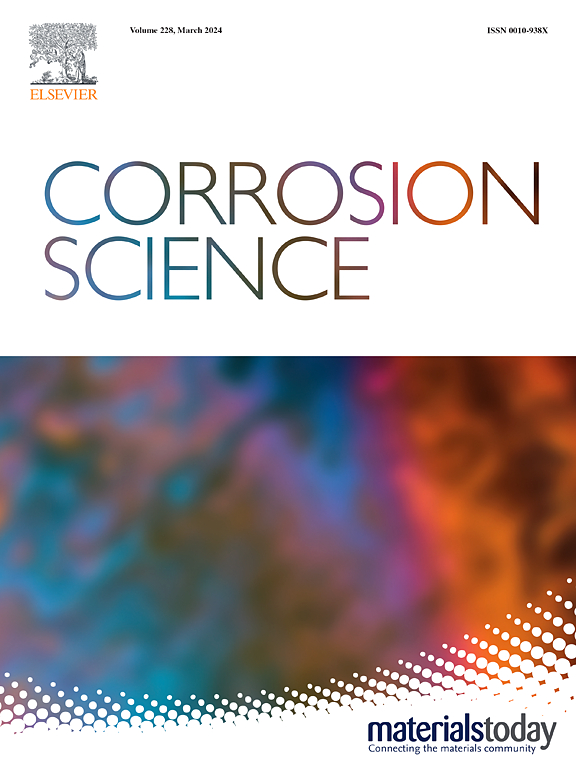Dissolution and intrusion of chloride disrupted biodegradation products to persistently accelerate biodegradation of Fe-based implants
IF 7.4
1区 材料科学
Q1 MATERIALS SCIENCE, MULTIDISCIPLINARY
引用次数: 0
Abstract
The biodegradation of Fe is severely limited due to barrier of biodegradation products. Herein, NaCl was introduced into Fe matrix and results demonstrated that NaCl significantly accelerated biodegradation rate of Fe. It was ascribed that (i) NaCl in Fe matrix initially dissolved to produce biodegradation active sites, (ii) Cl- with small ionic radii invaded the biodegradation product layer, and (iii) abundant Cl- greatly promoted the anode process of Fe biodegradation. Additionally, Fe-NaCl biocomposites also exhibited favorite cytocompatibility. These results demonstrated great potential of NaCl in accelerating the persistent biodegradation of Fe for load-bearing implants.
氯化物的溶解和侵入破坏了生物降解产物,从而持续加速了铁基植入物的生物降解
由于生物降解产物的阻隔,铁的生物降解受到严重限制。因此,在铁基质中引入氯化钠,结果表明氯化钠明显加快了铁的生物降解速度。这归因于:(i) NaCl 在铁基质中的初始溶解产生了生物降解活性位点;(ii) 离子半径较小的 Cl- 侵入了生物降解产物层;(iii) 丰富的 Cl- 极大地促进了铁的生物降解阳极过程。此外,Fe-NaCl 生物复合材料还具有良好的细胞相容性。这些结果表明,NaCl 在加速用于承重植入物的铁的持久生物降解方面具有巨大潜力。
本文章由计算机程序翻译,如有差异,请以英文原文为准。
求助全文
约1分钟内获得全文
求助全文
来源期刊

Corrosion Science
工程技术-材料科学:综合
CiteScore
13.60
自引率
18.10%
发文量
763
审稿时长
46 days
期刊介绍:
Corrosion occurrence and its practical control encompass a vast array of scientific knowledge. Corrosion Science endeavors to serve as the conduit for the exchange of ideas, developments, and research across all facets of this field, encompassing both metallic and non-metallic corrosion. The scope of this international journal is broad and inclusive. Published papers span from highly theoretical inquiries to essentially practical applications, covering diverse areas such as high-temperature oxidation, passivity, anodic oxidation, biochemical corrosion, stress corrosion cracking, and corrosion control mechanisms and methodologies.
This journal publishes original papers and critical reviews across the spectrum of pure and applied corrosion, material degradation, and surface science and engineering. It serves as a crucial link connecting metallurgists, materials scientists, and researchers investigating corrosion and degradation phenomena. Join us in advancing knowledge and understanding in the vital field of corrosion science.
 求助内容:
求助内容: 应助结果提醒方式:
应助结果提醒方式:


